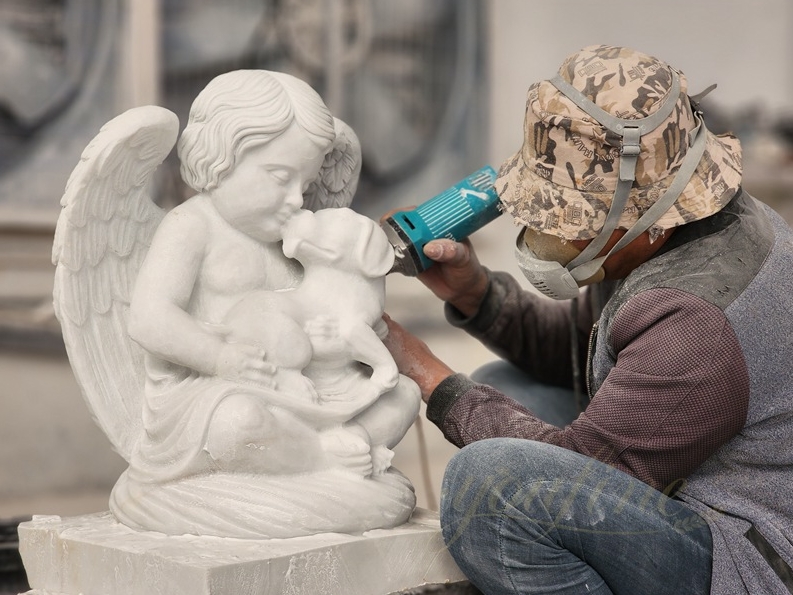Marble carving is an art form that perfectly combines the artist’s skills with natural stone. Since ancient times, marble has been a material favored by sculptors because of its hard texture and fine grain structure, which allows sculptures to present fine details and vivid expressions. In ancient Greece, marble carving was one of the important ways for artists to express myths and heroes. We can still appreciate Greek goddess statues such as Athena and Aphrodite. These works not only reflect the sculptor’s control over marble materials, but also highlight the eternal charm of classical art.
The process of marble carving is not only time-consuming but also requires extremely high skills. First, the sculptor carefully selects the marble block to ensure that it has a uniform texture and no obvious flaws. Then, the sculptor polishes the general shape of the marble with a rough chisel tool. This process tests the sculptor’s grasp of proportions and overall shape. Afterwards, the artists use more refined tools to gradually carve out the details of the characters, from muscle lines to facial expressions, all of which reflect the artist’s superb skills. Finally, the sculptor polished and polished the marble surface to give it a natural luster and vitality.
Today, modern artists inherit classical skills while incorporating more creativity and expression. Although the process of marble carving is complicated, this tradition still shines in contemporary art. Greek goddess statues are undoubtedly the classic representatives of marble carving art. They symbolize human pursuit of beauty and power. Marble carving is not only the inheritance of skills, but also the eternal praise of art and life.


